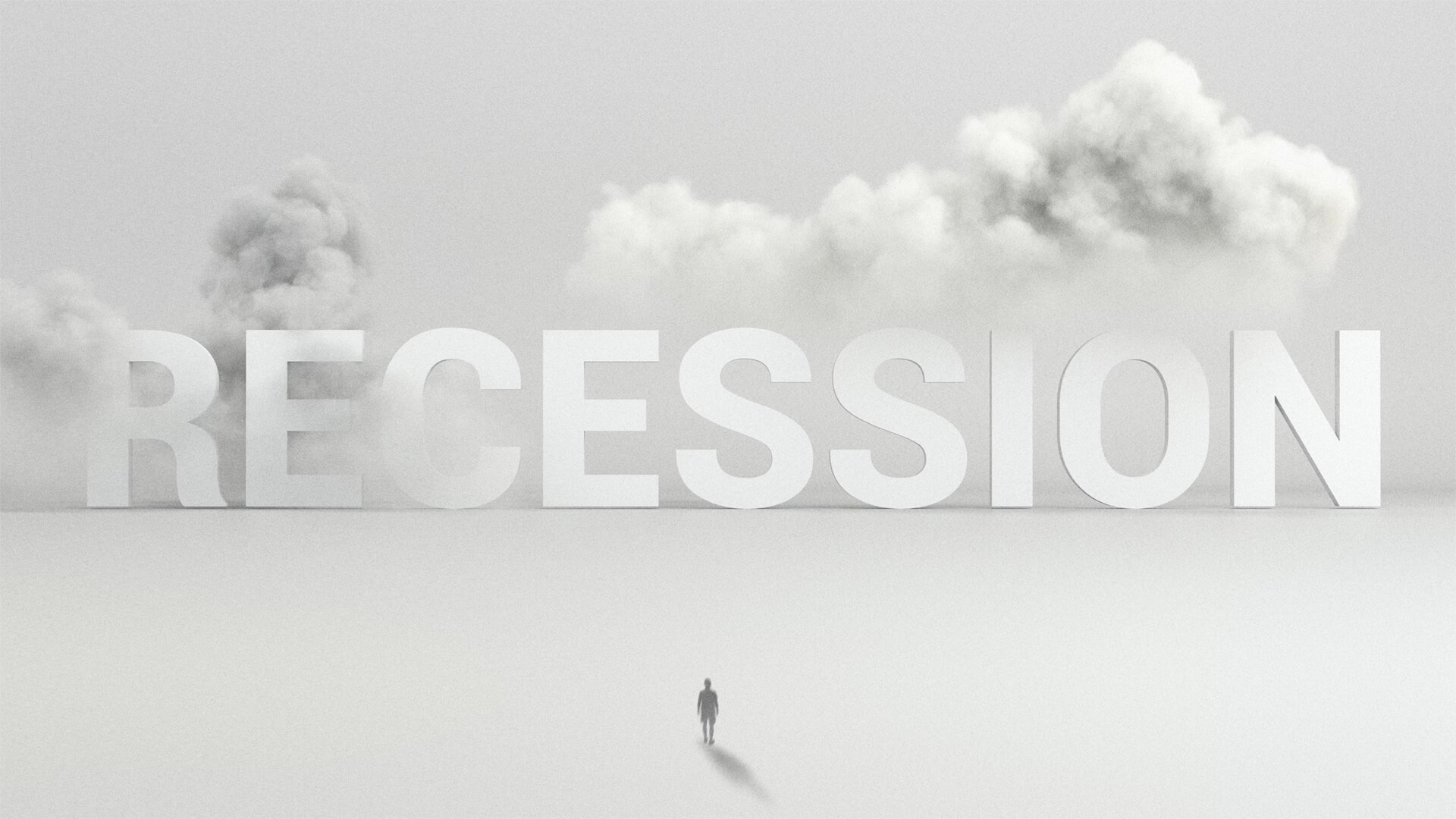You’re receiving this video a week after its initial posting on Patreon. If you’d like to get access to this content as soon as it’s released, along with a number of other exclusive perks, click the link below.
Mexico’s newly elected president, Claudia Sheinbaum, is settling into her new digs. Despite her qualifications and experience, will her leadership actually look all that different from former President Andrés Manuel López Obrador (AMLO)?
While AMLO may have been popular, his policies and ideological governance will mark him as one Mexico’s worst leaders. Since Sheinbaum and AMLO are closely aligned, I’m not so sure we should expect anything different from the new president.
To make matters worse, the judiciary system has been weakened thanks to AMLO’s reform merging the National Guard into the military. So, Mexico’s political system is – let’s call it – fluttering.
We also need to touch on the geographic and economic challenges facing Mexico. AMLO attempted to redistribute wealth to help benefit the poor, but the country’s situation hasn’t improved…especially with the rise of the violent cartels. Sheinbaum has her work cut out for her, but let’s wait and see if she decides to follow AMLO’s policies or lead a bit more pragmatically.
Here at Zeihan On Geopolitics we select a single charity to sponsor. We have two criteria:
First, we look across the world and use our skill sets to identify where the needs are most acute. Second, we look for an institution with preexisting networks for both materials gathering and aid distribution. That way we know every cent of our donation is not simply going directly to where help is needed most, but our donations serve as a force multiplier for a system already in existence. Then we give what we can.
Today, our chosen charity is a group called Medshare, which provides emergency medical services to communities in need, with a very heavy emphasis on locations facing acute crises. Medshare operates right in the thick of it. Until future notice, every cent we earn from every book we sell in every format through every retailer is going to Medshare’s Ukraine fund.
And then there’s you.
Our newsletters and videologues are free and we will never share your contact information with anyone. All we ask is that if you find one of our releases in any way useful, that you make a donation to Medshare. Over one third of Ukraine’s pre-war population has either been forced from their homes, kidnapped and shipped to Russia, or is trying to survive in occupied lands. This is our way to help who we can. Please, join us.
Transcript
Hey everyone. Peter Zeihan here. Coming to you from a very damp North Carolina. Today we’re going to talk about changes going on in Mexico. Claudia Shane Bond is the president elect. She took office on October 1st, which is Tuesday. Tuesday? Yeah. You’re seeing this Wednesday? She is of the people who have run for office in North America in recent years, probably the most qualified.
Unlike, Justin Trudeau. She wasn’t a kindergarten teacher. She actually was a mayor of Mexico City. No less. And unlike Trump, she wasn’t a marketer. She had a real boy job. And unlike, folks like Harris or Biden or Obama, she wasn’t a senator. She was actually responsible for people and getting the trains to run on time. So in terms of expertise and managerial skills, she’s clearly the top of the heap.
The question is whether or not she’s going to show any independence. The outgoing president’s, Andres Manuel Lopez Obrador is going to go down in history as one of the worst leaders in Mexico, despite the fact that he’s leaving on relatively a popular point. He was an ideologue who wanted to punish most of the other factions that are responsible for policymaking in Mexico.
And in doing so, he dismantled a lot of the country’s institutions. In fact, in his last couple months in office, he basically gutted the judiciary. So if you’re an American, imagine that your most popular hated presidential candidate wins, and then he or she goes through and changes the way the judges are appointed. So instead of going through Congress, it just goes through party caucuses like that person’s party caucuses.
Some version of that is basically what Mexico has now, which is going to make it very difficult for the country to recover and have any sort of judicial independence in any sort of multi-party system. The question now, of course, is whether Shane is going to be part of the problem or part of the solution. And considering that she considers herself Lopez Obrador’s protege, I can’t say that the prognosis is particularly good here.
We also have another reform that has just been pushed through, the lower house of Congress just approved the folding in of the National Guard into the military writ large. It’s already passed, the upper house or is it the upper house? Just passed it. Anyway, it’s already passed both houses of Congress and now goes to the states where they need 17 states to ratify it.
And considering that Lopez Obrador’s and Shane Bonds party controls 20 of the state legislatures, that should be a pretty straightforward process that then comes back to Mexico City and the president formally stamps, it becomes law. Now, why does that matter? Well, the National Guard was set up a few years ago because the military was so horrendously corrupt and Mexico City needed a new semi military operation that could fight the cartels.
Now it’s just getting folded back in in order to guarantee central control by the president. So we’re looking at the tools of violence of the state being consolidated under one party, and we’re looking at the judiciary being consolidated into one party and using elections. That one party has already dominated most of the political conversations of the country.
Now, this was done without a coup. This was done through the ballot box. One of the downsides of the Mexican economic model is it’s grossly in equal. And because the country’s so difficult to manage, because it’s so difficult to build, it’s a mountainous issue. Most of the country is mountainous in the north. It’s desert, mountainous in the south, it’s jungle mountainous, and in the middle it’s just mountainous.
And so you get a lot of oligarchs who basically take control of their local cities. And this is how it’s been since independence back in the 1800s. And so Lopez Obrador, to his credit, sees this to the degree as a problem. And he wants to wrest power away from these local oligarchs, or could be used, if you want to use the Spanish term and give power to the people.
And so instead of having the most economically unequal state in the world, which is how Mexico was when he came in, he’s been redistributing, resources from the states to the federal government. Then the federal government has been giving them primarily to the poor. And that has one of the reasons, primary reason why Lopez Obrador, despite, wrecking the country, is leaving on a high point, because you have a lot of people who’ve never read and would speak for them.
The challenge moving forward is we’re now looking at a situation where the security situation in Mexico is going to degrade massively. We’ve got a civil war going on among the Sinaloa cartel, which used to be the most powerful one in the country, and we have now. Security in the country is the responsibility of the military, which is corrupt.
And for the last five years, Lopez Obrador has refused to move against the drug cartels. So they’ve basically taken over many, many aspects of everyday life, including in the Mexico City Central region as well. So Shane Bond has her work cut out for her, and we will find out whether this relatively pragmatic governor is going to be able to ditch the ideology and rule like a normal person, or whether she’s going to make it even worse.











